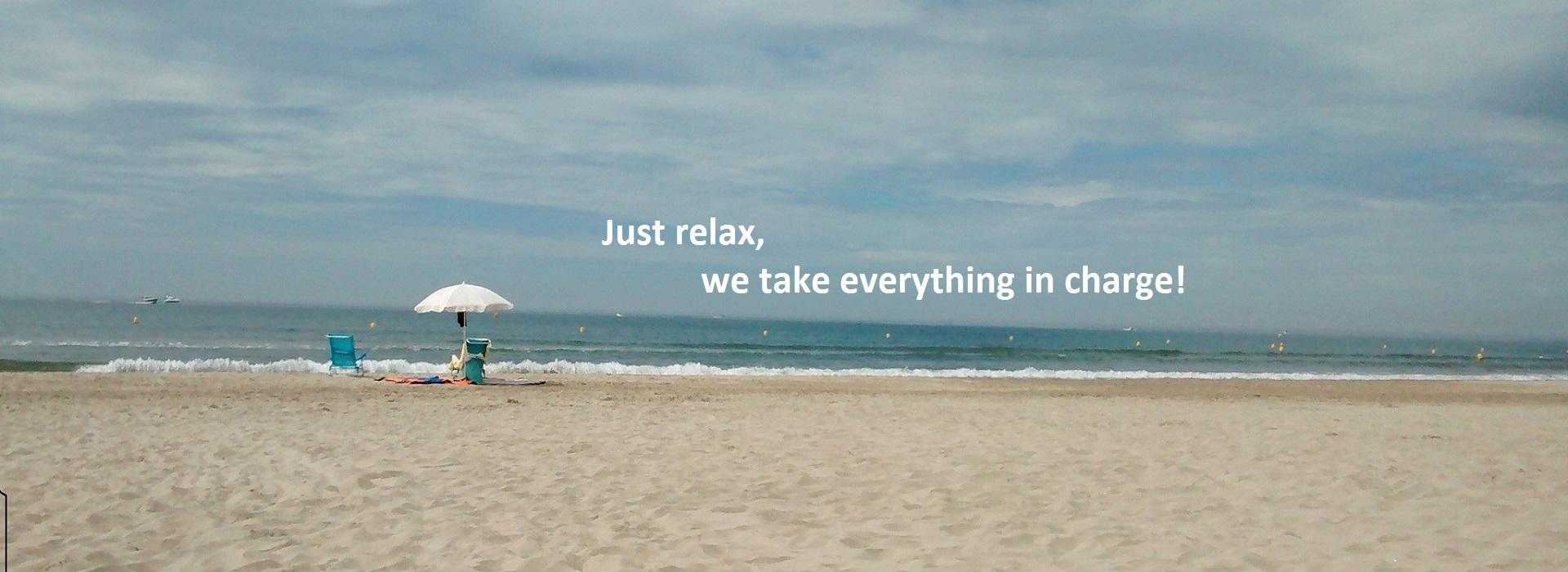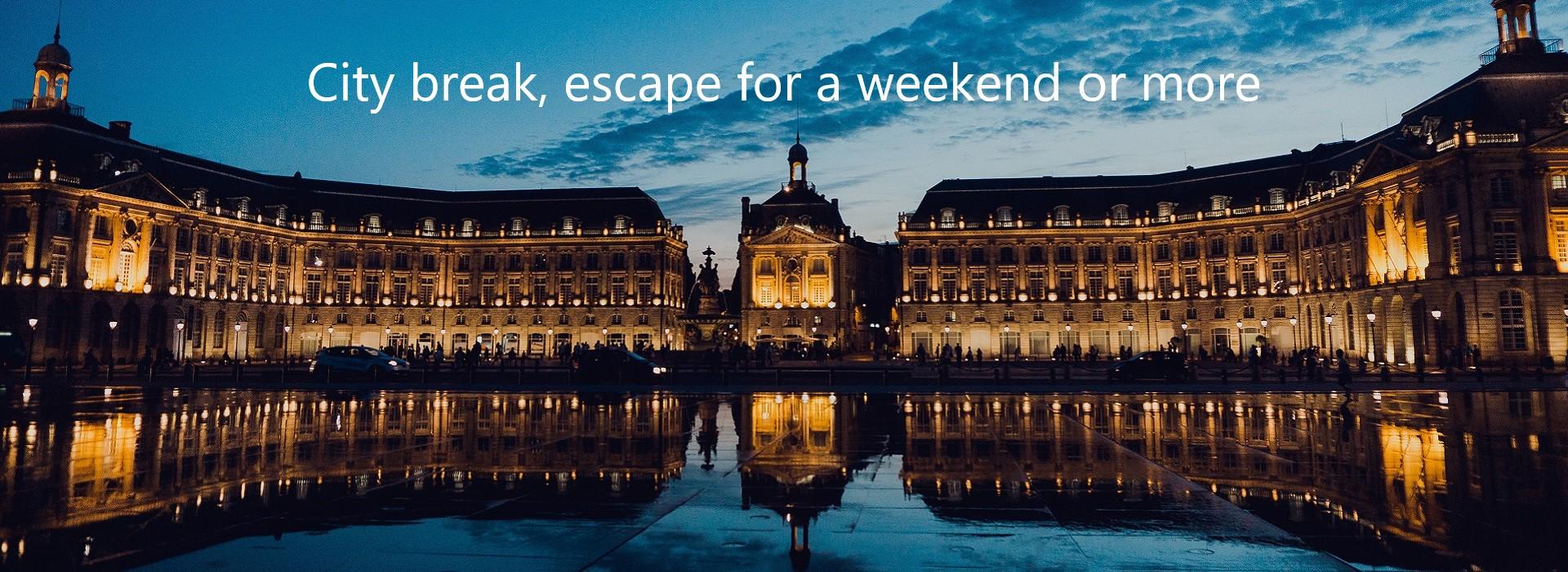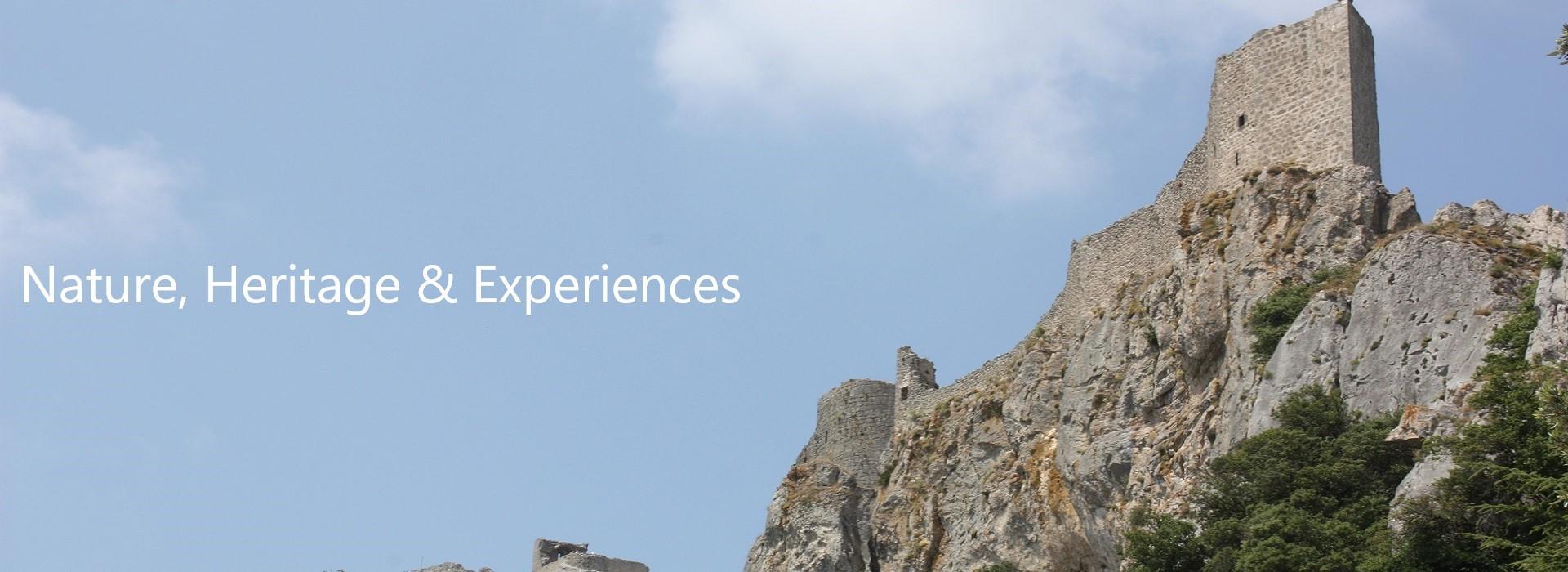Gaudì and the Modernism

Barcelona is nowadays one of the most trendy and famous place to spend your holidays. Many people come to enjoy the sun, the festive ambiance of the city, but not only. Barcelona is also a city known for its very particular architecture and the “Modernist Style”, a very similar to the “Art Nouveau Style”. Among the most representative of this early 20th century architecture style, Antoni Gaudì is maybe the most famous of all.
Before you leave on vacations, here are some information’s about this fantastic and so curious architect. Some of Gaudì’s works are even nowadays protected by UNESCO : Guell’s Park, la Casa Milà, La Casa Vincens, La Casa Batlló or the Nativity façade of the beautiful Sagrada Familia.
Obviously it is just a part of all the magistral work Gaudì did create. Read a little bit more to prepare better your holidays tour and discover what you prefer in Barcelona and its surrounds.
Before you leave on vacations, here are some information’s about this fantastic and so curious architect. Some of Gaudì’s works are even nowadays protected by UNESCO : Guell’s Park, la Casa Milà, La Casa Vincens, La Casa Batlló or the Nativity façade of the beautiful Sagrada Familia.
Obviously it is just a part of all the magistral work Gaudì did create. Read a little bit more to prepare better your holidays tour and discover what you prefer in Barcelona and its surrounds.
GAUDÍ AND THE MODERNISM
Born in 1852 in the village of Reus, Gaudì died knocked over by a tramway in Barcelona in 1926. It is said that no one could recognize him because of his unkempt aspect. Fate was cruel and ironic for an architect and artist so famous as Dalí and Picasso.
Great genius and complete architect, Gaudì designed everything, buildings and churches in all its details. : from the general structure until the last piece made for the decoration. Not only an architect, but a true craft man as well, Gaudì did master also : ceramics, the use of concrete, ironwork or even carpentry among others.
Combined with all these technics we must add an endless imagination, which inspiration was mostly coming from the nature, daily life observation and so, Gaudì was able to suggest a new conception of buildings construction. Something very characteristic of the Modernisme is the trencadis (from trencar in Catalan = break). This particular decoration of façades and walls was a combination of glass and earthenware slivers.
Even if Gaudì died before the work of is master-work, La Sagrada Familia, was finished, the architect has left enough indications, plans and maps that can be used by nowadays architects and so, the work can go on.
Catalan Modernism
Catalan Modernism finds its roots in the Art Nouveau, a refined, previously unseen and trendy architectonic style all over Europe. This cultural and architectonical revolution was wanted and needed by people from the bourgeoisie. Actually, without the financial support of these families, and mostly the Guëll family, Gaudì’s work couldn’t be.

Great genius and complete architect, Gaudì designed everything, buildings and churches in all its details. : from the general structure until the last piece made for the decoration. Not only an architect, but a true craft man as well, Gaudì did master also : ceramics, the use of concrete, ironwork or even carpentry among others.
Combined with all these technics we must add an endless imagination, which inspiration was mostly coming from the nature, daily life observation and so, Gaudì was able to suggest a new conception of buildings construction. Something very characteristic of the Modernisme is the trencadis (from trencar in Catalan = break). This particular decoration of façades and walls was a combination of glass and earthenware slivers.
Even if Gaudì died before the work of is master-work, La Sagrada Familia, was finished, the architect has left enough indications, plans and maps that can be used by nowadays architects and so, the work can go on.
Catalan Modernism
Catalan Modernism finds its roots in the Art Nouveau, a refined, previously unseen and trendy architectonic style all over Europe. This cultural and architectonical revolution was wanted and needed by people from the bourgeoisie. Actually, without the financial support of these families, and mostly the Guëll family, Gaudì’s work couldn’t be.

Here are some characteristic of Catalan Modernism :
- An architecture inspired by the Medieval Gothic
- Abundant ornaments and decorations
- Frequent use of floral pattern
- More curves than right lines
- A predominance of asymmetric forms
- Traditional constructions materials such as : tiles, ceramics, Catalan vault (made of bricks) and wrought iron.
- Industrial architecture : Cast iron elements, reinforced concrete, etc…
- An architecture inspired by the Medieval Gothic
- Abundant ornaments and decorations
- Frequent use of floral pattern
- More curves than right lines
- A predominance of asymmetric forms
- Traditional constructions materials such as : tiles, ceramics, Catalan vault (made of bricks) and wrought iron.
- Industrial architecture : Cast iron elements, reinforced concrete, etc…
SAGRADA FAMILIA (1882 – 2026 ?)
Maybe the most curious building people discover while they are on holidays is the Sagrada Familia. Fun fact, the Sagrada Familia is so far from the sea than the highest mountain around Barcelona : Tibidabo. So, it is located right in the centre of Barcelona plain.
The construction of the church started in 1882, so more than 130 years ago and normally, the work should end in 2026. The church that is already sacred as a basilica would count 18 towers. The highest one, the Christ tower, would have an elevation of 170 metres and offer a new panoramic view on Barcelona. The basilica would be in that time the biggest in the world.
Impressive façades hide gorgeous treasures. The vaults high of 60 metres are supported by columns that give the feeling of walking through stone and concrete forest. The most crazy thing is that buttresses were never used to maintain such a heavy and complex structure. Once again, the inspiration of Gaudì came from the observation of the nature and all its beauty, curves and harmonious conception.
The stand glass windows also participate to the majestic atmosphere of this place by bringing orange, blue or green lights inside. The light, the mystic symbols and the atmosphere are so stunning that it leave most of the visitors voiceless.
The church received the Benediction of Pope Benedict the 16 on November 7 of 2010, and is now a Basilica. It is now the most visited building of Spain, just before Granada’s Alhambra or Madrid’s Prado Museum.
CASA BATLLÓ (1904 -1906)
Another famous work of Gaudì is La Casa Batlló. Located on 43 Passeig of Gracia, is a true reflexion of the architect work. The façade is a blending of different characteristic elements from the Modernism : Stone, wrought iron, multicolour ceramic, and the famous trencadis.
The house is really extraordinary and full of mystic and animal forms. Some parts look like the back of a dragon, a brachiosaurus skeleton, tortoise shells, bats wings or even the undulations on the water surface. Mountains relieves or shell spirals and so many natural wonders inspired Gaudì to decorate and build that house.
The house was ordered by an important industrial family, the Jospe Batlló family. This industrial boss of several textile factories and creator of the Vanguardia newspaper wanted a modernist private mansion. The house is nowadays situated directly next to a building designed by another architect Josep Puig I Cadafalch in 1898.

Fun fact, just next to these 2 houses, a 3rd one, La Casa Lleó I Morera, designed by the architect Lluís Domènech I Montaner. The corner of the 3 mansions is also known as the Discord Corner, due to the permanent competition in between the 3 architects. Here are 3 different works designed by 3 geniuses.
Nowadays, the Casa Batlló welcomes more than 600 000 visitors a year, from all over the world.
LA PEDRERA (1906 – 1910)
The Pedrera the nickname given to the Casa Milà, means a stone quarry (Pedrera in Catalan). This private mansion, is a continuation of the Casa Batllò by its shapes and inspirations, decorations and catenary arcs and is also impressive.
Despite Barcelona’s city council reluctance, the mansion was built. The nickname La Pedrera was given to this building to make fun of it’s so particular architecture and was ironic and pejorative. The house was seen as a curiosity, because it was creating a true rupture with all the houses around and wasn’t fitting really well in the city extension map : The Cerda map, created in 1860.
Even if seen as strange, people did take the defense of the house, such as the extravagant paintor Salvador Dalí. The paintor considered as an excentric was one of the best defender of Gaudì’s work, but not the only one. French architect Le Corbusier was an admirer as well of this bold Catalan architecture.
Pere Milà I Camps was an important property investor and an influent politician. Thanks to is power and influence in Barcelona city, he got the agreement to have is so particular private mansion built. Gaudì could work more easily and freely that way and obviously express all his imagination.

Fun fact : to get the best pictures of Barcelona’s rooves you can ascend to the top of the building and walk on it. The view over the city and the rooves is just amazing !!
Despite Barcelona’s city council reluctance, the mansion was built. The nickname La Pedrera was given to this building to make fun of it’s so particular architecture and was ironic and pejorative. The house was seen as a curiosity, because it was creating a true rupture with all the houses around and wasn’t fitting really well in the city extension map : The Cerda map, created in 1860.
Even if seen as strange, people did take the defense of the house, such as the extravagant paintor Salvador Dalí. The paintor considered as an excentric was one of the best defender of Gaudì’s work, but not the only one. French architect Le Corbusier was an admirer as well of this bold Catalan architecture.
Pere Milà I Camps was an important property investor and an influent politician. Thanks to is power and influence in Barcelona city, he got the agreement to have is so particular private mansion built. Gaudì could work more easily and freely that way and obviously express all his imagination.

Fun fact : to get the best pictures of Barcelona’s rooves you can ascend to the top of the building and walk on it. The view over the city and the rooves is just amazing !!
PARK GÜELL (1900 – 1914)
At the beginning, the project of Gaudì was to create garden suburb/district of around 60 houses. The cost was very expensive, and only 3 were houses were built and also the park. Eusebi Güell who was a man from an ancient and wealthy family of Barcelona was a friend of Gaudì and paid for a great part of the work.
The most emblematic fountain of the parc is the Salamandra made of trencadis. It is said Gaudì was inspired by the Fountain Garden in Nimes city (France) and the Salamandra was inspired by the emblema of the city : the crocodile. The trencadis decorates most of the walls, banks or structures of the park.

The most impressive part is maybe the columns forest, where 86 of these pillars maintain a high ceiling room. These elements actually melt themselves pretty well with the wall structure and the natural setting.

The park is located on the top of El Carmel hill and offers a perfect panoramic view on Barcelona city. While strolling through the park and having time to take nice pictures, discover and enjoy this beautiful park. Inside, you may visit the house museum as well, dedicated to Gaudì and his work. The house was built by the assistant of the architect : Frances Berenguer.
The most emblematic fountain of the parc is the Salamandra made of trencadis. It is said Gaudì was inspired by the Fountain Garden in Nimes city (France) and the Salamandra was inspired by the emblema of the city : the crocodile. The trencadis decorates most of the walls, banks or structures of the park.

The most impressive part is maybe the columns forest, where 86 of these pillars maintain a high ceiling room. These elements actually melt themselves pretty well with the wall structure and the natural setting.

The park is located on the top of El Carmel hill and offers a perfect panoramic view on Barcelona city. While strolling through the park and having time to take nice pictures, discover and enjoy this beautiful park. Inside, you may visit the house museum as well, dedicated to Gaudì and his work. The house was built by the assistant of the architect : Frances Berenguer.




